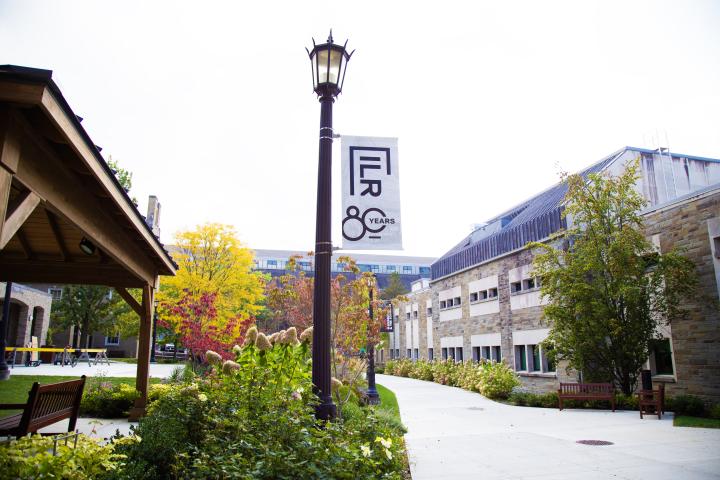
Taylor Law transformed public sector labor relations, says ILR's Ron Donovan
Strikes in the 1960s resulted in mounds of street-side garbage and paralyzed subways in New York City.
Work stoppages by municipal workers and teachers sent a message – public sector labor wants more say.
The world watched as rancor built.
Ron Donovan had a bird's-eye seat.
Now ILR Professor Emeritus Ronald Donovan, he was an associate professor in ILR's Extension division in 1966. He taught state and local employees and managers about collective bargaining.
As he traveled region to region, Donovan absorbed details and insight he later turned into a book that documents the dramatic evolution of the Taylor Law. The law's 40th anniversary is being celebrated this year.
The law set national labor precedent and ensured more rights for New York state's public sector employees.
It also influenced quality-of-life issues for the millions of people who depend on public sector workers to haul garbage, teach children and handle many other essentials of daily life.
ILR faculty joined hundreds in May to mark the law's 40th anniversary and discuss labor issues. ILR Dean Harry Katz was the keynote speaker at the conference, held in Albany and sponsored by the Public Employees Relations Board.
The board was created by the Taylor Law to regulate public sector labor relations. The Taylor Law also established "explicit" strike financial penalties. As a result, work stoppages among public sector employees have become "rather unusual," Donovan said.
"Public employees, as a group, were quite disadvantaged compared with steelworkers and autoworkers," Donovan said in an interview. "They saw themselves as left behind by what was happening in private employment."
The New York City transit strike helped crystallize public sector employment issues and lent political immediacy to the issue, said Donovan, who began teaching at ILR in 1955.
The transit strike began on Jan. 1, 1966.
John Lindsay was sworn in as mayor of New York the same day.
Two weeks later, New York Governor Nelson "Rocky" Rockefeller appointed a committee to "make legislative proposals for protecting the public against the disruption of vital public services by illegal strikes, while at the same time protecting the rights of public employees."
George Taylor, a professor of industry at the University of Pennsylvania, was chairman, hence the law's name.
Colorful characters on the Taylor Law's stage included labor leader Michael Quill. He delivered clever one-liners with an Irish accent, said Donovan, whose book – still the primer – is entitled "Administering the Taylor Law: Public Employee Relations in New York."
Newspapers covered the Taylor committee with zest. Quill went to jail and also had a heart attack as the commission did its work. The New York Times and others kept readers informed.
When the Taylor Law went into effect on Sept. 1, 1967, it covered about 900,000 state and local government employees. It changed the way millions more would work for decades to come.


